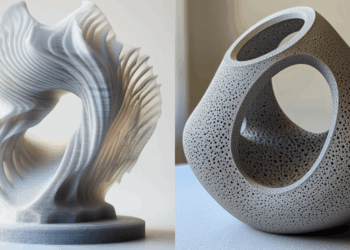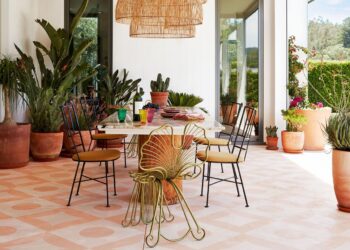The tiny living movement has exploded in popularity, with more people embracing minimalist, space-efficient homes. From micro-apartments to converted vans, small spaces are proving that good design can make even the tiniest areas feel spacious and functional. This 2,000+ word guide explores innovative solutions, psychological benefits, and practical tips for making the most of compact living environments.
 A. Why Tiny Living Is Trending
A. Why Tiny Living Is Trending
-
Affordability in Housing Crises
-
Lower mortgage/rent costs
-
Reduced utility bills
-
Minimal maintenance expenses
-
-
Environmental Consciousness
-
Smaller carbon footprint
-
Less energy consumption
-
Sustainable material choices
-
-
Lifestyle Freedom
-
Mobility (tiny homes on wheels)
-
Less clutter = more mental clarity
-
Focus on experiences over possessions
-
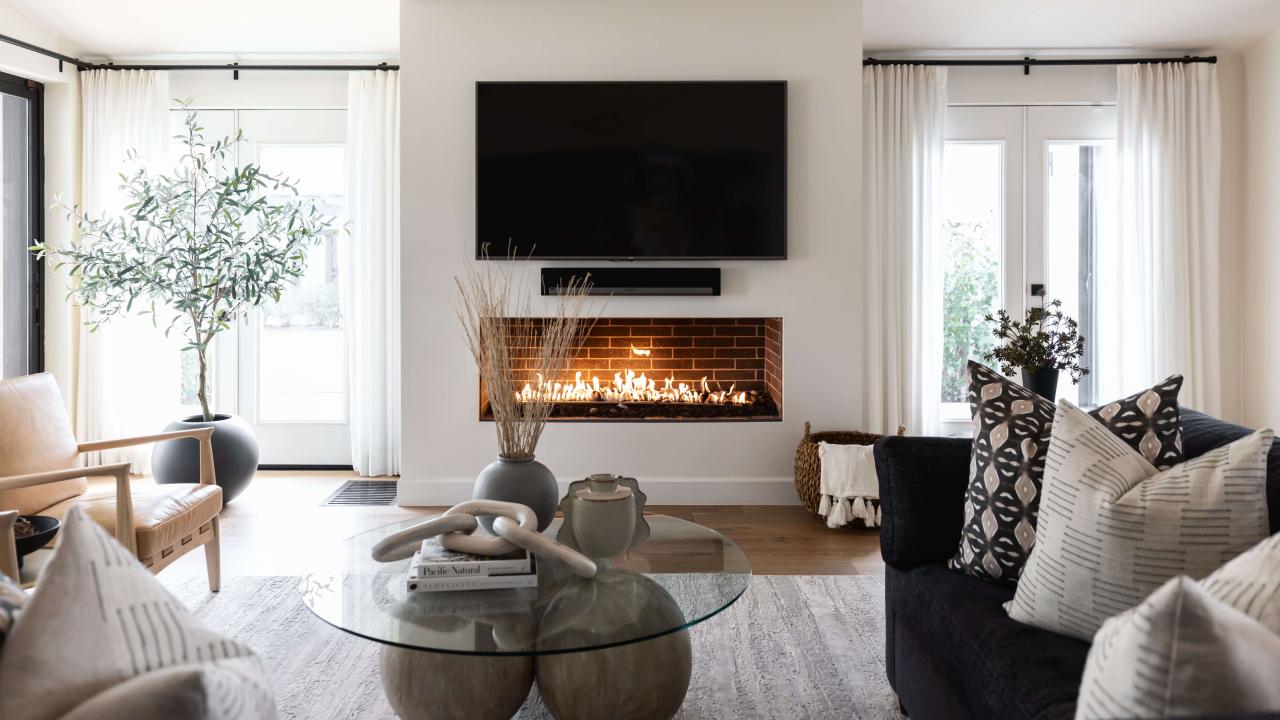 B. Clever Design Strategies for Tiny Spaces
B. Clever Design Strategies for Tiny Spaces
1. Vertical Space Utilization
-
Floor-to-ceiling shelving
-
Loft beds with workspace underneath
-
Wall-mounted foldable furniture
2. Multi-Functional Furniture
-
Sofa beds with storage
-
Expandable dining tables
-
Staircase drawers
3. Optical Illusions for Space
-
Mirrors to create depth
-
Consistent color schemes
-
Glass partitions instead of walls
4. Smart Storage Solutions
-
Under-floor compartments
-
Magnetic wall strips for kitchen tools
-
Hollow ottomans for hidden storage
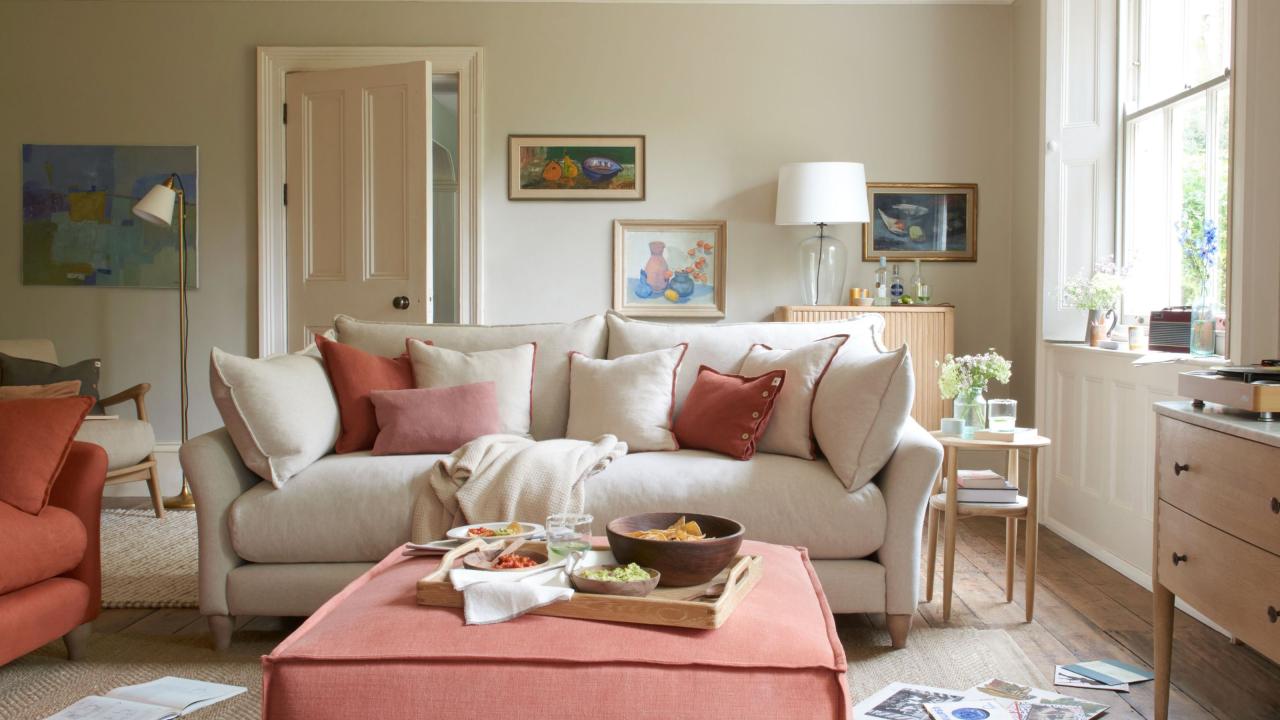 C. Psychology of Small Space Living
C. Psychology of Small Space Living
-
Mental Health Benefits
-
Reduced decision fatigue (fewer possessions)
-
Increased mindfulness about consumption
-
Stronger connection to outdoor spaces
-
-
Relationship Dynamics
-
Encourages communication
-
Requires conflict resolution skills
-
Builds intentional togetherness
-
-
Productivity Paradox
-
Constraints often boost creativity
-
Defined zones prevent work/life bleed
-
Minimal distractions increase focus
-
D. Tiny Space Innovations Around the World
-
Tokyo’s Micro-Apartments
-
Average size: 150-200 sq ft
-
High-tech space-saving solutions
-
Shared amenity spaces
-
-
European Nano-Lofts
-
Converted industrial buildings
-
Mezzanine sleeping areas
-
Community-focused designs
-
-
North American Tiny Homes
-
DIY culture
-
Off-grid capabilities
-
Zoning law challenges
-
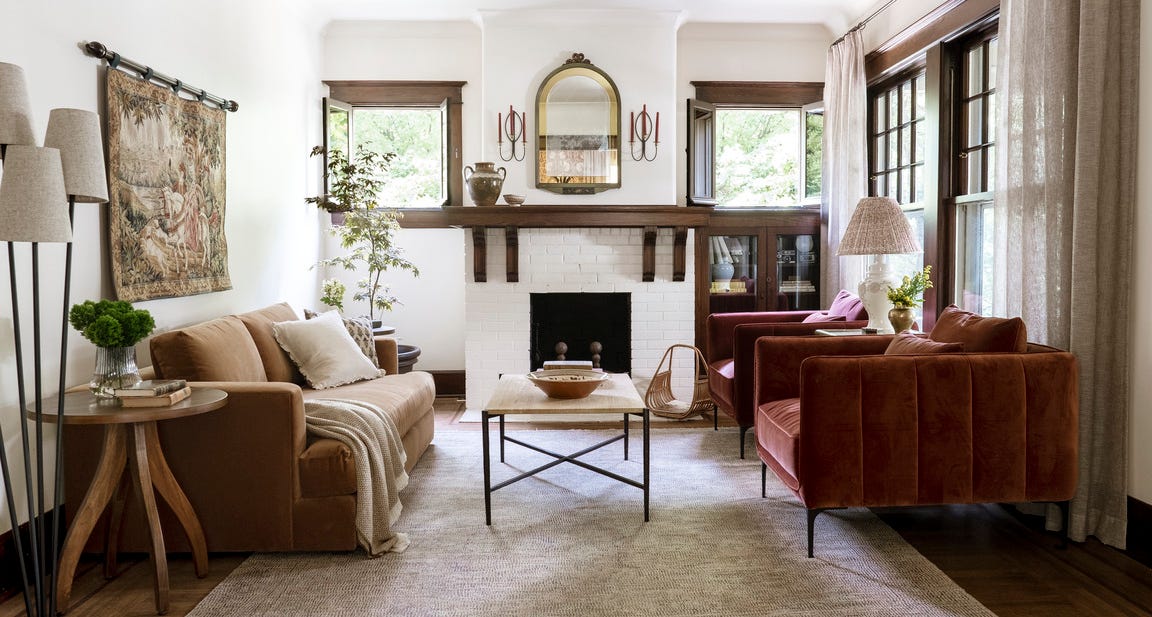 E. Overcoming Tiny Living Challenges
E. Overcoming Tiny Living Challenges
1. Storage Shortages
-
Digitalize what you can (books, media)
-
Seasonal rotation systems
-
Community storage cooperatives
2. Entertaining Guests
-
Fold-out guest seating
-
Park/community space utilization
-
“Bring your own chair” parties
3. Privacy Needs
-
Room dividers/screens
-
Headphone culture
-
Scheduled alone time
F. Future of Compact Living
-
Tech-Integrated Micro-Homes
-
AI-assisted space optimization
-
Voice-controlled transformable furniture
-
Augmented reality for virtual space expansion
-
-
Co-Living Evolutions
-
Private micro-units with luxury shared spaces
-
Intergenerational tiny home communities
-
Urban tiny home villages
-
-
Regulatory Changes Needed
-
Updated building codes
-
Infrastructure for mobile tiny homes
-
Zoning law reforms
-
Conclusion
Tiny spaces represent more than just a housing solution – they embody a cultural shift toward intentional living. By combining smart design with mindful consumption, small spaces offer big rewards: financial freedom, environmental benefits, and surprisingly, more living space than you might imagine. As technology and design innovation continue to evolve, the potential of compact living will only expand.
Tags: tiny homes, small space living, micro-apartments, minimalist design, space-saving ideas, compact living, tiny house movement, sustainable housing, interior design, urban living




